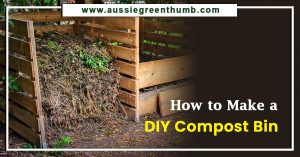Goodbye stinking hot Summer, and hello lovely placid Autumn! You’ve no doubt noticed the cooler mornings and nights and chances are you’re enjoying a rest after the peak growing season in your garden.
Autumn is great time for gardeners, as it lets us get in and tackle some of those jobs that were just too hard to justify during the peak of summer. If you’re not sure what you should be doing in your garden, then read on for our Autumn To Do List.
More...
Autumn Gardening Tips
Grab some hand tools and do some cutting!
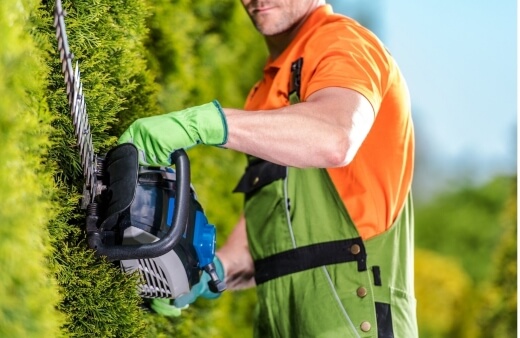
Autumn is a top time for you to prune your shrubs and trees before the Winter time lull. This is the last real growth period for most plants for the next 4 months or so, so it’s really the time to get things looking the way you want them to until Spring.
Cutting back hedges and shrubs moderately, and removing dead wood is good activity, as it will get you the shapes you want, whilst leaving and promoting enough growth to sustain the plants over winter.
It’s important to note, to keep an eye out for flower buds when you’re pruning at this time of year. Lots of trees and shrubs set their Spring and Winter buds this early, and cutting them off will mean no flowers, and no one wants that!
Here is our review on the best pruning shears, hedge trimmer, and pole saws on the market.
Start working on your lawn
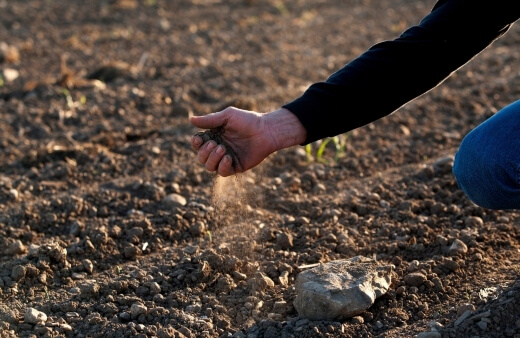
I like to do 3 things to my lawn in Autumn. Cut, feed and treat. In Autumn the warm days and cool nights mean your grass has begun to slow down, but is still actively growing in the root system, meaning a little bit of tough love is quickly repaired and the risk of damage from a heat spell is less likely.
The first is bringing the height right down in the early stages of Autumn. By gradually mowing your lawns lower and lower at a high frequency (about the same as you were doing in Summer) you can seriously drop the length of your grass to a more manageable height if it got away from you during Summer.
Getting lower will also help knock a bit of thatch out of your turf which will make it less ‘spongey’ and make your Spring time turf reno a heap easier.
Second is feeding. Spring is the best time for fertilising lawns, but a quick feed in Autumn will help kick a bit of last minute growth into the root systems and help repair any damage the hotter days caused, as well as give the lawn the best chance to make it through Winter looking good.
Lastly, Autumn is a prime time to test your pH and treat your soils. Grab a soil pH testing kit and moisture meter from any hardware store and test a few different spots in your lawn.
Depending on the results, you might need to add some stuff to your lawn to level out the pH to around neutral (7). If your pH is low, add some ground limestone.
If it’s high, add some Ferrous sulfate, which has the added bonus of boosting the iron levels in your lawn.
Get rid of those weeds
Autumn is the perfect weather to get outside and pull some weeds. The cooler weather means that you wont fry in the sun, but also means that most weeds should be slowing down as well, and be very close to setting seed.
If you’ve kept on top of the weeds during the Summer, now is the time to get out and really dig them out. Pull any about to seed, as well as any little seedlings that are sprouting up.
Feel free to cultivate your soil a bit too, because you’re about to have a plentiful supply of mulch…
Time to do some raking

Autumn is all about deciduous trees. They’ll be starting to turn and drop by now, and you know it’s only going to get worse.
See our review on the best garden rakes in Australia.
Getting a jump on fallen leaves means the mess becomes more manageable, and you wont lose patches of grass or garden that have been smothered.
Throw your leaves into your compost bin, or mulch them up with your mower and send them straight onto your garden beds.
Note from Jim: It’s that time of year again where the days get shorter, and colder. This week I’ve pulled together some general tips and ideas for how to keep your garden in the best possible shape at this time of year, heading towards winter.
Hope you find this helpful, let me know in the comments below. It’s the end of summer. As the leaves change color and the grass grows slower, you can feel nature preparing for the long winter ahead.
Autumn is a time of preparation. Each plant and each blade of grass on your property is storing nutrients and energy so it can survive the winter and blossom in all its majesty come spring.
Add in some mulch
Mulching every autumn is important for your plants. Mulching helps retain soil moisture and prevent erosion while improving overall soil quality. If you want to make your own mulch, fall is the best time to do it.
Rake up your fallen leaves before they get wet and sticky and chop them up into smaller bits. You’ll need about three inches deep of mulch to sprinkle around your shrubs and flower beds.
Mow Your Lawn
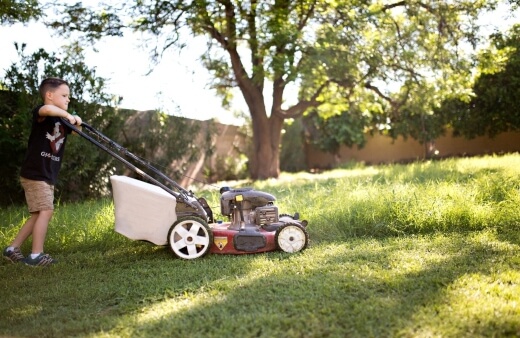
You’ll need to continually mow your lawn, even in autumn, to keep it vibrant and healthy. The recommended autumn height for lawns is three inches.
This height helps lock moisture inside every blade of grass. Leave a third of your clippings on the lawn to act as a natural, organic fertiliser.
We know some gardeners love the added exercise while others prefer to mow their lawn with less effort so here is our review on self propelled lawn mowers and ride on mowers.
Wait! If you don't want to do neither, install a robotic lawn mower instead.
Fertilise Your Lawn
Don’t forget to feed your grass and other plants every autumn because this is in fact the most important yearly feeding they will get for a couple of reasons.
First of all, your lawn needs to recover from any damage it may have sustained from the summer sun.
Secondly, it needs to prepare for the winter by storing up nutrients, just like a bear going into hibernation. Feeding your lawn in Autumn will take care of both.
Weed Control
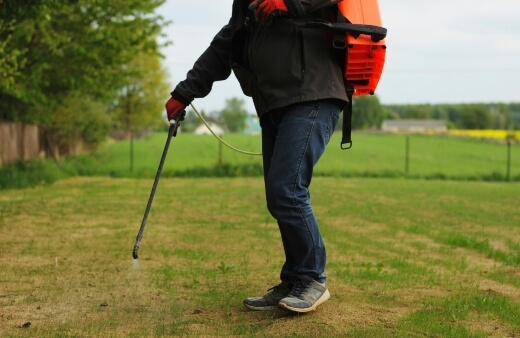
Because plants – and that includes weeds – are busy absorbing energy and nutrients in the fall, apply an organic weed killer that the weeds will also absorb and you’ll guarantee they won’t return next spring.
You have many natural weed killers on the market to choose from or you can make one yourself. If you buy an organic weed killer, the main ingredients to look for are citrus or corn gluten.
Because these types of weed killers cost a bit more than traditional chemical herbicides, you may want to make your own natural weed killer. To mix your own organic weed killer, dilute vinegar in water if your lawn is sensitive; but for tougher, sturdier lawns, you can use the vinegar by itself.
Apply the solution directly to the weeds. You may have to use more than one application to completely kill the weeds. For bigger lawn owners, be sure to check our review on the best garden sprayers in Australia.
Perennials
Be sure you are planting native, Australian perennials that provide shelter and food sources for native wildlife, such as bees and birds. In the autumn, leave these perennials alone and wait until spring to cut them back and promote new growth.
This technique will help the critters who help our lawns, our gardens, and the world’s food supply to flourish.
It’s important to remember that although things seem to slow down in autumn, our lawns and gardens are as busy as ever and they need your continued, loving care to stay healthy and vibrant.
Got any other tips for Autumn gardening? Let us know below!
Published on August 28, 2021 by Clinton Anderson
Last Updated on June 10, 2023




